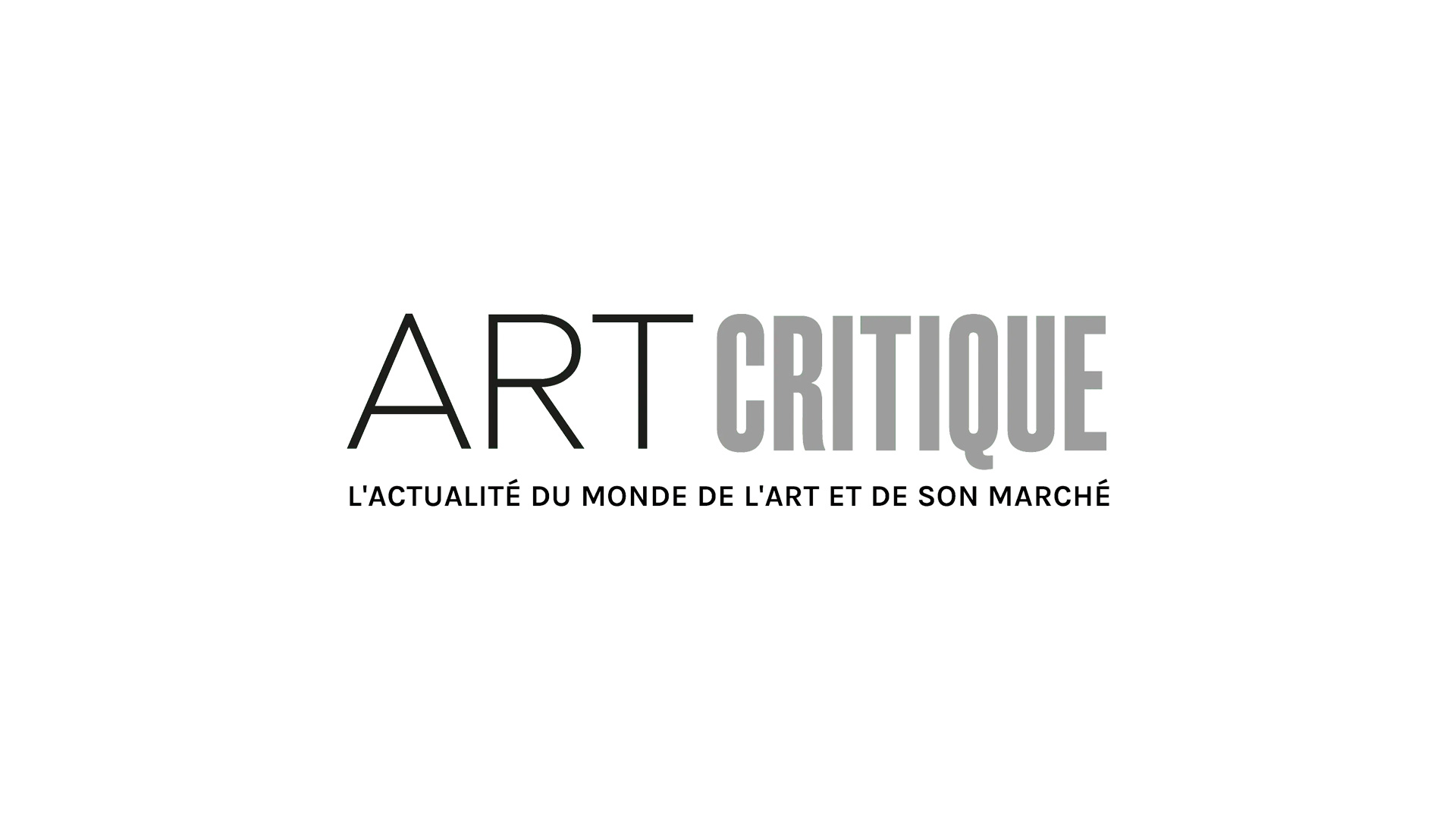On the whole, art history has favoured white, male, European men. Studies in recent years prove time and time again this harsh reality that has been well-known by minority artists and art historians. However, an exhibition at the Prado Museum in Madrid that recently opened is working to correct a portion of history to highlight the works of two Renaissance women painters. ‘A Tale of Two Women Painters,’ which opened on October 22nd, explores the works of Lavinia Fontana and Sofonisba Anguissola, who, while popular during their lives, were largely ignored by traditional Western art history.
The exhibition is a joint survey that walks visitors through a number of works that exemplify both artists’ works. The Prado doesn’t own any works by Fontana and only four by Anguissola, thus, more than 50 paintings from over 20 collections (both European and American) have come together for the exhibition. Even the Isabella Stewart Gardner Museum in Boston has loaned works to the Prado, something that the it rarely does.
Anguissola (1552-1614) was an artist of recognition during her time. Her father promoted her work and she received an endorsement from Michelangelo, himself. She eventually worked in the Spanish Court where she, as a lady in waiting, taught the queen to draw. Her works have since been mistaken for that of Titian and Carracci. Recently, Marie Kusche has raised questions about Lady in a Fur Wrap, a painting currently attributed to El Greco, but thought by Kusche and a handful of others to be by Anguissola.
Fontana (1535-1625), on the other hand, became a well-known portrait painter often focusing of female subjects. In addition to advancing the depiction of the female nude through allegory and mythological scenes, Fontana was commissioned to make a number of large-scale altar paintings, a genre that at her time was reserved for male artists only.
The fact that this exhibition has come together is major for female artists long forgotten or blatantly ignored by art history. It has piggy-backed, so to speak, off the incessant fighting a number of feminist art historians and scholars have done in the last few decades decades to have women recognized for their work. Such women include Linda Nochlin, Ann Sutherland Harris, Eleanor Tuft, and Wilhelmina Cole Holladay. Miguel Falomir, director of the Prado attributed ‘A Tale of Two Women Painters’ to the hard work of these art historians. These scholars were the first people to ‘pull these artists out of the trash can of history and put them on the wall of the museum,’ said Susan Fisher Sterling, director of the Washington, DC National Museum of Women in the Arts.
‘It is great,’ continued Fisher Sterling, of the exhibition. ‘One of those dream moments that you hope will happen for the artists.’
‘A Tale of Two Women Painters’ is curated by Leticia Ruiz runs through February 2, 2020 at the Museo Nacional del Prado in Madrid.





